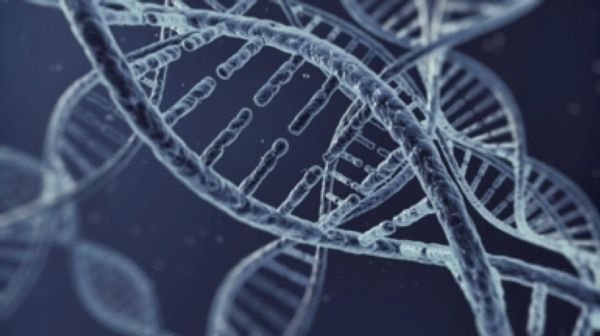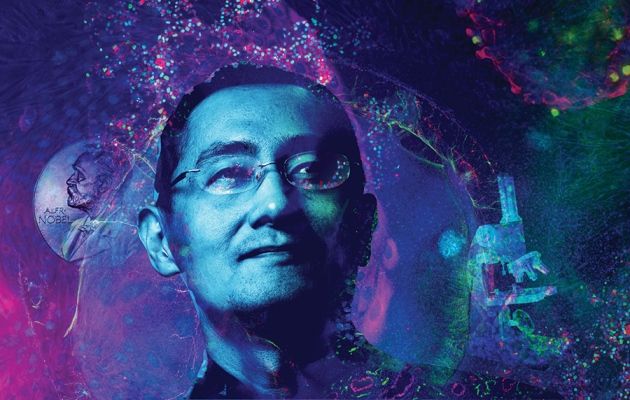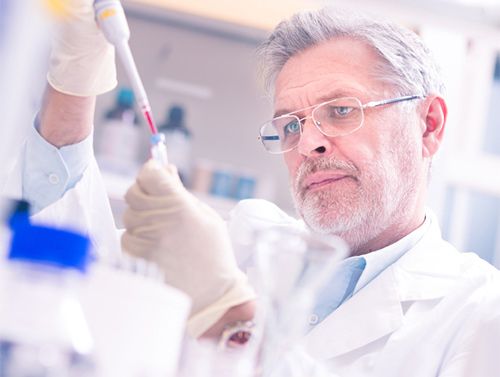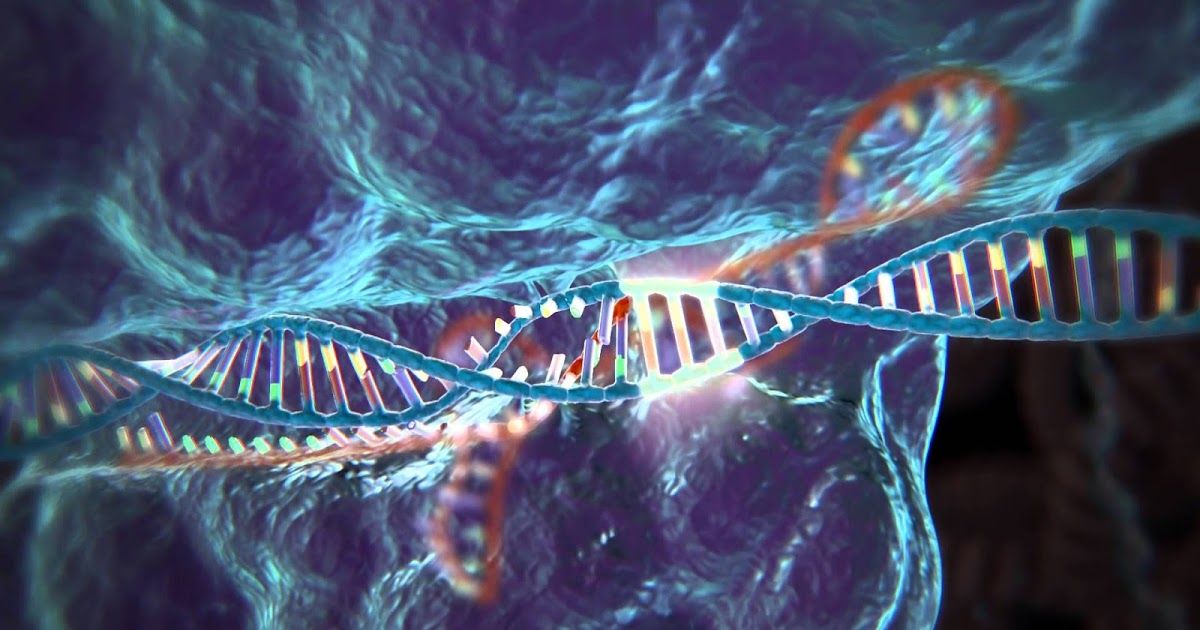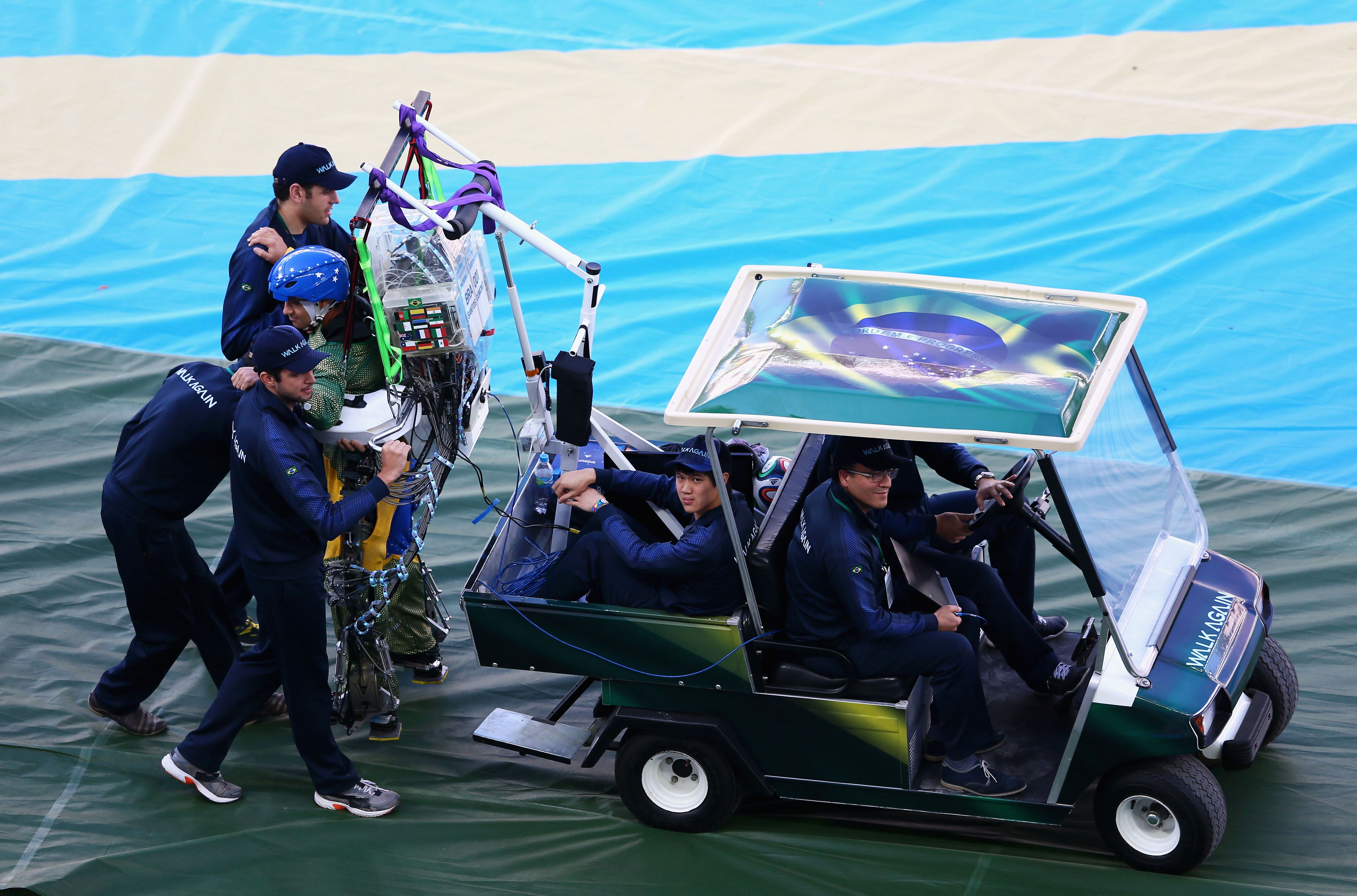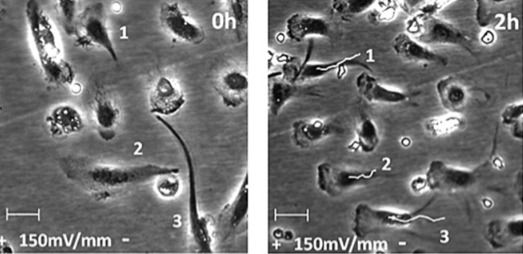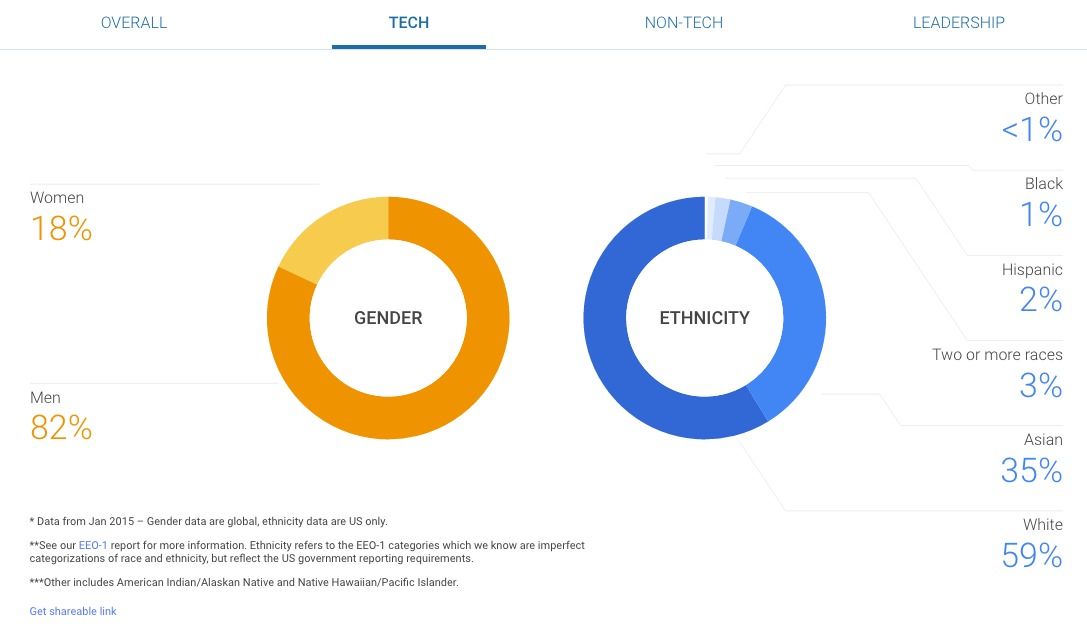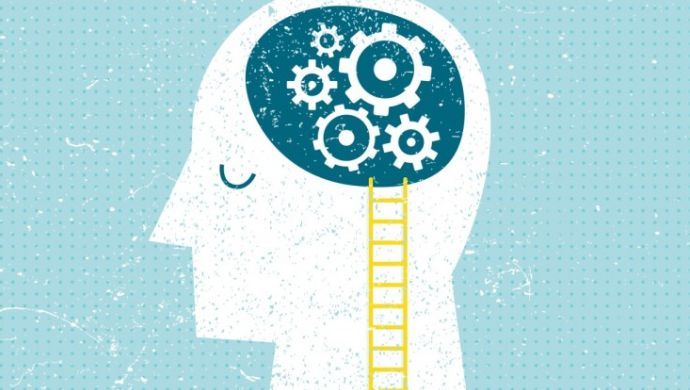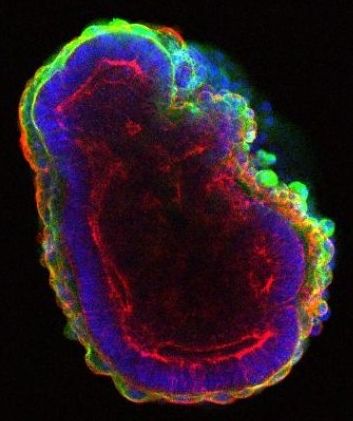Provided the variants for intelligence can be figured out and the genetic editing tools sufficiently refined (no small matter, in either case), Hsu thinks there’s an incredible potential for improvement. He’s written for the science magazine Nautilus that his calculations from the work at BGI indicate a potential for “very roughly, about 100 standard deviations of improvement, corresponding to an IQ of over 1,000.”
That’s a level of intelligence beyond what we can comprehend right now.
At the same time, we’re not just working on improving biological intelligence. We’re also working on artificial intelligence and machine learning. Smarter humans might be better able to solve those problems, helping us create smarter machines. Smart machines capable of processing big data are already essential for efforts to understand millions of human genomes. These things work together.

